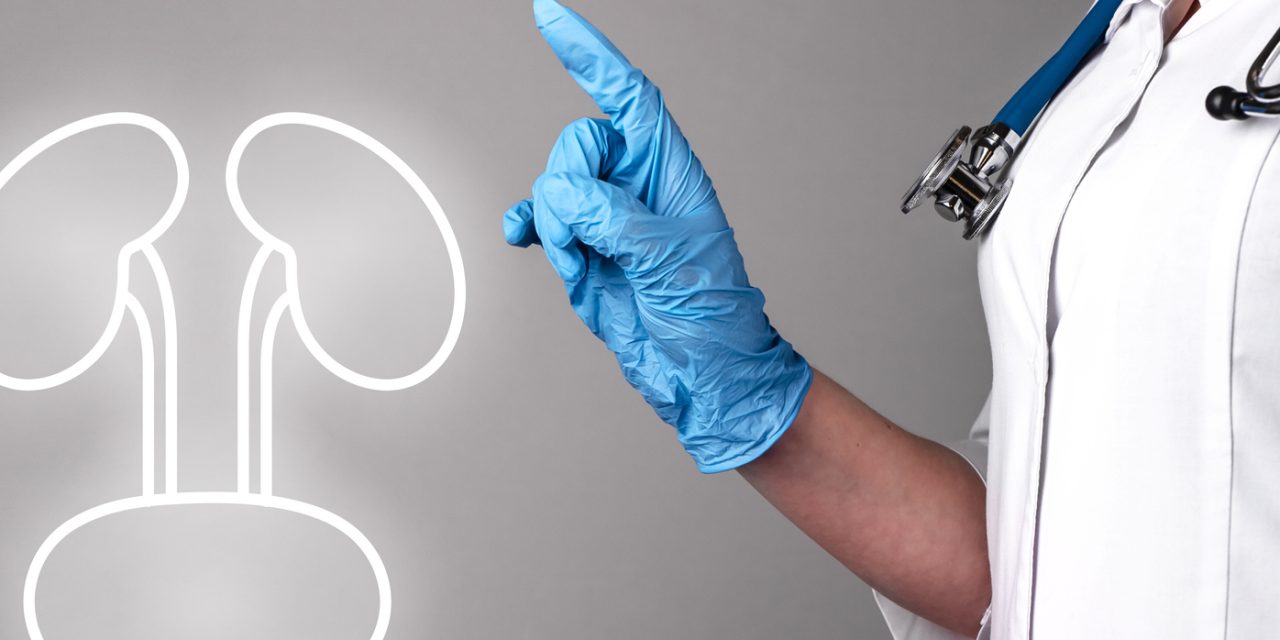Urinary catheters often become contaminated with biofilms, resulting in catheter-associated urinary tract infections (CAUTIs) that adversely affect patient outcomes. Histotripsy is a non-invasive focused ultrasound therapy previously developed for the non-invasive ablation of cancerous tumors and soft tissues. Histotripsy has also previously shown the ability to treat biofilms on glass slides and surgical meshes. Here, we investigate the potential of histotripsy for the treatment of CAUTIs for the first time in vitro. Clinically relevant catheter materials (Tygon, Silicone, and latex catheter mimics) and commonly used clinical catheters were tested to determine the feasibility of producing luminal histotripsy bubble clouds. A Pseudomonas aeruginosa (strain PA14) biofilm model was developed and tested to produce luminal biofilms in an in vitro Tygon catheter mimic. This model was treated with histotripsy to determine the ability to remove a luminal biofilm. Finally, the bactericidal effects of histotripsy were tested by treating PA14 suspended inside the Tygon catheter mimic. Results showed that histotripsy produced precise luminal cavitation within all tested catheter mimics and clinical catheters. Histotripsy treatment of a PA14 biofilm with histotripsy reduced luminal biofilm OD590 signal down to background levels. Further, the treatment of suspended PA14 in LB showed a 3.45±0.11 log10 reduction in CFU/mL after 6 histotripsy scans across the catheter mimics. Overall, the results of this study demonstrate the potential of histotripsy to provide a new modality for removing bacterial biofilms from catheter-based medical devices and suggest that additional work is warranted to investigate histotripsy for the treatment of CAUTIs and other biomaterial-associated infections.
Focused Ultrasound Biofilm Ablation: Investigation of Histotripsy for the Treatment of Catheter-Associated Urinary Tract Infections (CAUTIs).


